This article was co-authored by Eric Christensen, DPT. Eric Christensen is a Physical Therapist based in Chandler, Arizona. With over a decade of experience, Eric works in both orthopedic and neurological fields and specializes in custom orthotic prescription and casting, vestibular reprogramming, and manual therapy. He holds a Bachelor’s degree in Exercise Science with a focus in Sports Medicine from Colorado State University and a Doctor of Physical Therapy from Regis University. In practice, Eric takes a developmental approach to rehabilitation utilizing the Selective Functional Movement Assessment. He uses functional movement patterning and manual therapy to return patients to prior levels of function.
There are 10 references cited in this article, which can be found at the bottom of the page.
wikiHow marks an article as reader-approved once it receives enough positive feedback. In this case, several readers have written to tell us that this article was helpful to them, earning it our reader-approved status.
This article has been viewed 1,234,552 times.
A muscle cramp is a sudden, involuntary contraction of one or more muscles. A swift contraction is a muscle spasm; a cramp occurs if the muscle continues to contract. Muscle cramps cause the muscle to harden in a way that you can often both see and feel. The treatment for a cramped muscle depends both on its location and the duration of the cramp.
Steps
Treating Cramps At Home
-
1Stretch. A cramping muscle can relax when stretched correctly. Stretching warm muscles regularly lengthens muscle fibers so they can contract and tighten more vigorously during exercise and you are less likely to experience cramping.[1] A stretch should never feel painful. If you feel something sharp or stabbing, relax your stretch.[2]
- For a calf cramp, stand with your feet set apart, placing the affected leg in front of the other. Lean your body weight towards the front leg, bending slightly at the knee. Keep the heels of both feet on the floor. Hold for 15 – 30 seconds.
- Another calf stretch is seated with both legs extended together in front of your body. Hold the feet in a relaxed position, and keep your back straight. Place hands on the floor on the outside of each leg. Gently slide forward, leaning toward your feet. When you reach the edge of the curve, hold this stretch for 30 seconds.
- Stretch your thighs one at a time. Standing, raise one foot towards your buttocks, bending at the knee. Hold your raised leg by the ankle or back of your foot. Pull as close as you can to your buttocks, stretching the thigh muscle, and hold for 30 seconds. You may want to hold the wall or a chair with your free hand for balance.
-
2Apply heat or cold. Applying a heating pad or ice pack on a cramped muscle can help soothe pain. Apply cold or heat for about 20 minutes at a time. Never apply ice or a cold pack directly on your skin — be sure to wrap it in a towel or other covering first. Be careful when using heating pads in bed. Falling asleep with a heating pad on can cause a fire.
- If you are using a hot shower for muscle cramps, direct the water flow towards the affected area. If you have a high-pressure water stream, this will provide additional massaging benefits.
- Keep in mind that ice works better for injuries. If you are in intense pain and your skin feels hot, use ice. Use heat for muscles that are sore due to chronic pain or stress.[3]
Advertisement -
3Massage the cramped muscle. If your cramped muscle is in an area you can reach with your hands, such as your legs, try to massage it. Grasp your leg muscle tightly with both hands, and rub deeply and firmly to help it relax.[4]
- Having a second person who can help massage areas you may not be able to reach will help. It's not necessary that the person be a trained specialist. Simply deep rubbing of your muscle often helps the muscle relax.
- A massage should not be painful. If your muscles are tightly bound by cramping, certain types of massage can cause injury. Never continue with a massage that is painful.
- A massage therapist works with deep tissue relaxation, and therapeutic treatment of muscle cramps. Seeing a professional massage therapist weekly or monthly should be considered for chronic cramps that don't respond to your own treatment.
- You can also try foam-rolling. Place the foam roller beneath the affected area. Roll over it, applying gentle pressure, for about five to 10 minutes. This can also work with a tennis ball.
-
4Try medication to help with the pain. Over-the-counter medications including ibuprofen (Advil, Motrin IB, others) or naproxen sodium (Aleve) can be effective at relieving pain caused by cramped muscles, though they don't actually treat the cramp itself.[5]
- Check with your medical professional if you have health conditions that may be negatively affected by taking painkillers or consume more than three alcoholic beverages daily.
- Muscle relaxants such as cyclobenzaprine (Flexeril), orphenadrine (Norflex), and baclofen (Lioresal) can be helpful to relax cramping muscles. Speak with your doctor to learn if this is an option for you.
-
5Try home remedies. If the above methods are not working, try home remedies. While these do not work for everyone, they might help you.
- Pour half a cup of Epsom salt into a warm bath. Let dissolve and then soak for about 20 minutes.[6]
- Mix one part wintergreen oil with four parts vegetable oil. Massage into the cramped muscle before bed.[7]
- Some studies indicate vitamin E supplements may help with overnight cramps. Keep in mind that you should talk to your doctor before adding any dietary supplements to your routine.[8]
Addressing Underlying Issues
-
1Drink more water. One of the more common preventable cause of cramped muscles is dehydration. You should especially aim to drink water before, during, and after exercise. However, simply not drinking enough water throughout the day can also lead to muscle cramps.[9]
- Try to drink 16 – 24 ounces of water at least an hour before working out. This will ensure that your body is sufficiently hydrated for exercise.
- Keep water within reach during your workout.
- Follow your exercise with drinking more water. You may also choose to drink a sports drink with electrolytes.
-
2Change your eating habits. Muscle cramps can be caused by unbalanced electrolytes, such as calcium, potassium, magnesium and sodium. If you're experiencing muscle cramps, try changing up your diet.
- It's not a good idea to self-treat with supplements. You should talk to a doctor before trying any nutritional supplements as, in excess, such pills can be harmful.[10]
- The best means to work on balancing your electrolytes is to eat a balanced diet. Eat a variety of colorful fruits and vegetables, especially leafy greens like lettuce and spinach. Eating bananas can also help as they're high in potassium.[11]
- In addition, make sure you are eating at least a few hours before you exercise.
-
3Check your existing medications. Some prescription medications can cause muscle cramps as a side effect. If your cramps started shortly after trying a new medication, that might be the cause. Check the bottle for a listing of side effects. If the cramping persists, talk to your doctor about switching doses or types of your medications.[12]
Preventing Cramps
-
1Warm up and stretch before exercise, cool down afterwards. If you work out, warming up and stretching before exercise and cooling down afterwards can help prevent cramping. Make sure you spend around 10 minutes exercising lightly and stretching before beginning a workout routine. You want to stretch after you warm up so your muscles are warm. Allow yourself five to 10 minutes after a workout to stretch again and cool down.[13]
-
2Consider magnesium and calcium supplements if you're pregnant. Muscle cramps sometimes occur during pregnancy. Ask your doctor about magnesium or calcium supplements as these can sometimes help with cramps.[14]
-
3Wear proper shoes. High heels and other uncomfortable shoes can cause muscle cramps. Make sure you only purchase shoes that fit you correctly. If you're unsure of your shoe size, have your feet measured at a shoe store.[15]
-
4See a doctor for cramping that worsens when you walk. Cramping that gets worse when you walk is a sign of a circulation problem. Cramps that don't stop can also point to poor circulation. As poor circulation can be a sign of a variety of medical ailments, make an appointment with your doctor to have these cramps evaluated.
Warnings
- If cramping persists, or if pain increases, see your medical provider. Cramping may be a sign of other physical difficulties.⧼thumbs_response⧽
.
References
- ↑ Eric Christensen, DPT. Physical Therapist. Expert Interview. 17 March 2021.
- ↑ http://orthoinfo.aaos.org/topic.cfm?topic=a00200
- ↑ https://www.painscience.com/articles/ice-heat-confusion.php
- ↑ http://www.integrativehealthcare.org/mt/archives/2006/09/massage_solutio.html
- ↑ http://www.nhs.uk/Conditions/legcrampsunknowncause/Pages/Treatment.aspx
- ↑ http://www.besthealthmag.ca/best-you/home-remedies/muscle-cramps/
- ↑ http://www.besthealthmag.ca/best-you/home-remedies/muscle-cramps/
- ↑ http://www.besthealthmag.ca/best-you/home-remedies/muscle-cramps/
- ↑ https://bestcare.org/news/20190528/are-you-dehydrated-6-signs-you-may-need-drink
- ↑ http://health.clevelandclinic.org/2015/10/dont-let-foot-cramps-charley-horses-slow/
- ↑ http://health.clevelandclinic.org/2015/10/dont-let-foot-cramps-charley-horses-slow/
- ↑ http://health.clevelandclinic.org/2015/10/dont-let-foot-cramps-charley-horses-slow/
- ↑ https://www.heart.org/en/healthy-living/fitness/fitness-basics/warm-up-cool-down
- ↑ https://www.ncbi.nlm.nih.gov/books/NBK235246/
- ↑ http://health.clevelandclinic.org/2015/10/dont-let-foot-cramps-charley-horses-slow/
About This Article
When you have a muscle cramp, stretch the area for 15-30 seconds to try to loosen the muscle. If the cramp is painful and persistent, apply a wrapped ice pack or hot compress to the are for 20 minutes at a time. For cramps that are easy to reach with your hands, try massaging the area with your hands to relax the muscle, or ask someone to do it for you. If the pain won't go away, take ibuprofen or naproxen sodium for temporary pain relief. For tips on addressing the underlying issues that cause cramps, such as dehydration, read on!
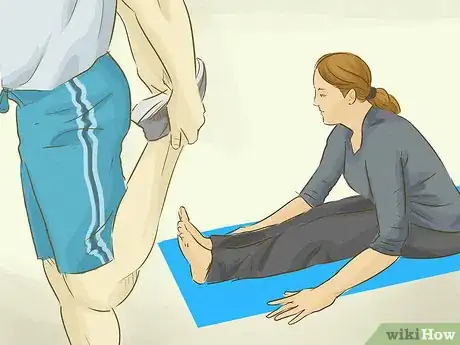

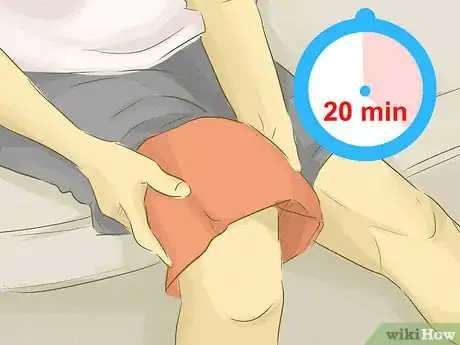
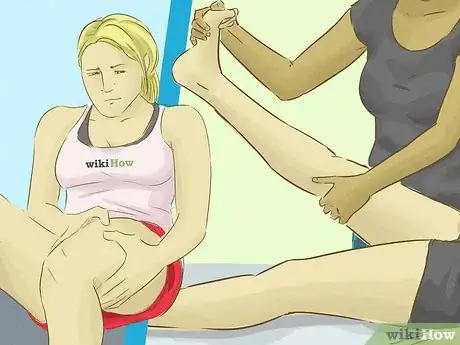
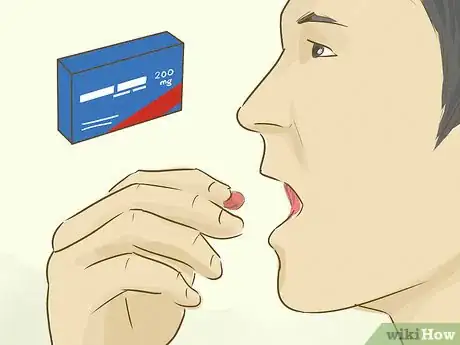
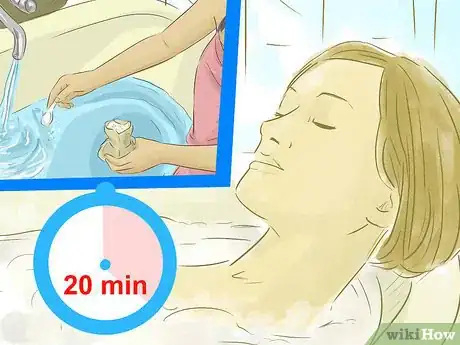
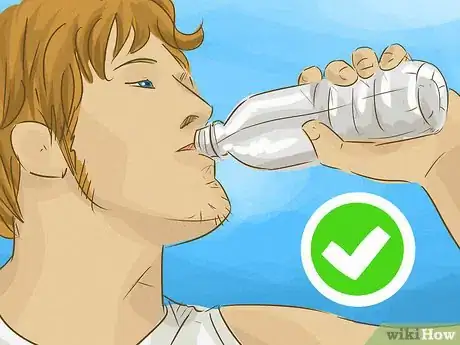


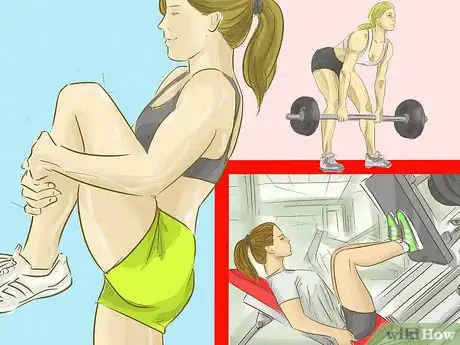

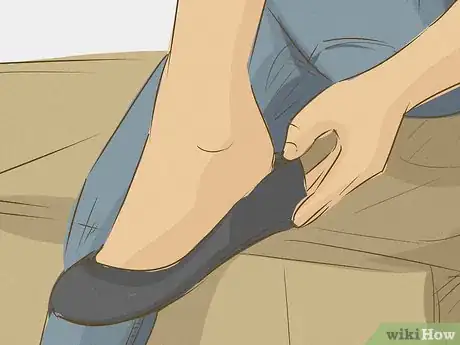
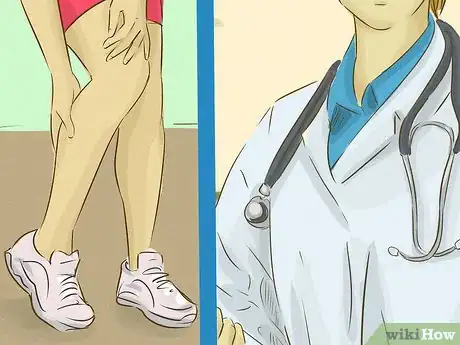
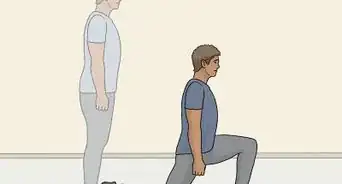

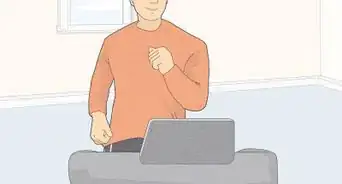


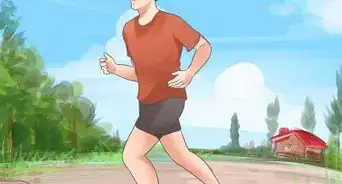

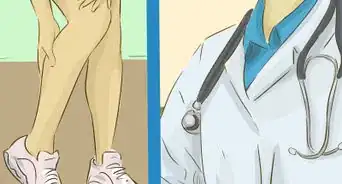
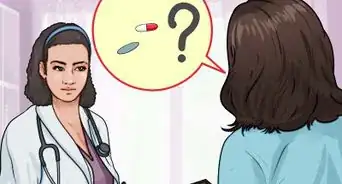

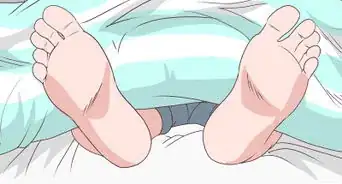
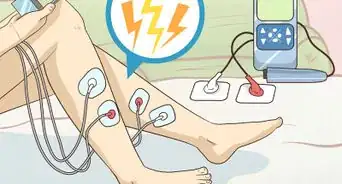
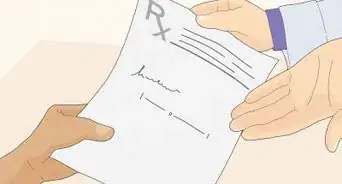









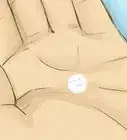
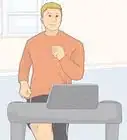
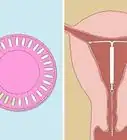



































Medical Disclaimer
The content of this article is not intended to be a substitute for professional medical advice, examination, diagnosis, or treatment. You should always contact your doctor or other qualified healthcare professional before starting, changing, or stopping any kind of health treatment.
Read More...